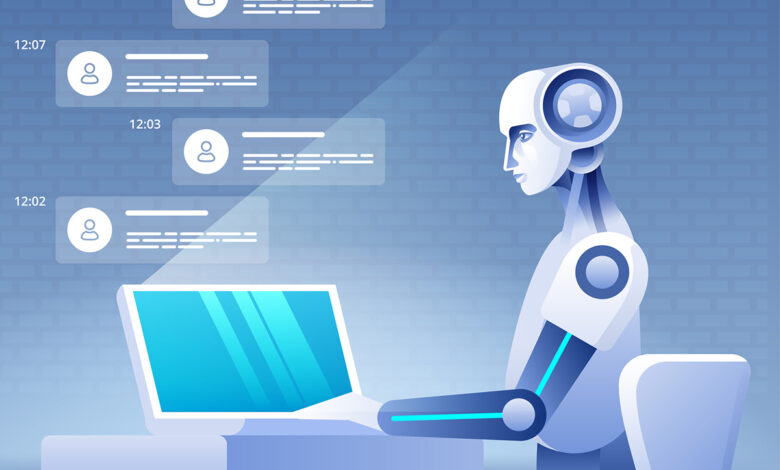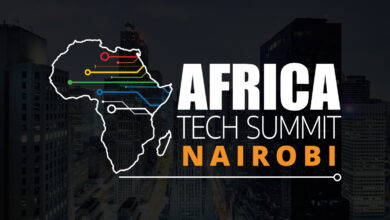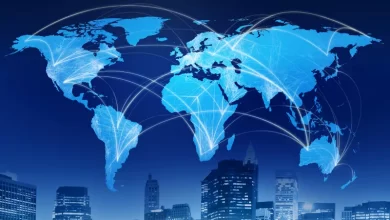Digital Transformation and the Future of Work
The Impact of Automation and Globalization on the World of Work

For the first time since the industry 1.0 revolution of mechanized manufacturing, work automation and globalization are happening side-by-side. This is orchestrated by the emergence of digital technology or what we call the digital transformation. The effect of which is hitting not just the manufacturing industry but the service sector which is today having a big share of the global talent pool.
According to the Harvard Business Review, in 1993, the labor market was relatively stable and companies still focused on traditional office, clerical, and industrial staffing. But since the 4th industrial revolution (Industry 4.0) came in fully, the employment landscape has been dramatically reshaped by globalization and rapid advances in technology.
Many experts are of the opinion that one strong factor that is changing the world of work and the global workforce is globalization. For instance, in the 1990s, hiring across borders wasn’t a thing of growing companies but it was reserved for multinationals and conglomerates. This is so because it required a considerable level of financial capacity to handle all the legal and financial requirements for such contracts. Today, the story is changing. Many startups and very young businesses are beginning to access the global talent pool. This is the effect of globalization.
Wikipedia defines globalization as the process of interaction and integration among people, companies, and governments worldwide. It is imperative to note that globalization is only possible as a result of the advancement of digital technology and automation.
On the other hand, digital technologies are electronic tools, systems, devices and resources that generate, store or process data. Well known examples include social media, online platforms, multimedia and mobile phones. It is this digital technology that breeds work automation that in turn supports globalization and work automation.
DIGITAL TECHNOLOGY AND FUTURE OF WORK
By work automation or labor automaton, we mean, the practice of substituting technology for human labor to perform specific and repetitive tasks or jobs. Automation involves mechanization but also expands it by using technology to further remove people from tasks that are repetitive or tasks that require considerable strength, flexibility, and endurance. Work automation often accelerates processing times. Machines and robots can replace people and lift more, pull more, and build more than people. Yet there are machines like cobots or co-robots that work safely alongside humans and can also complement people.
Equally, there’s a part of automation that involves the digitization of work processes which puts existing assets, operations, and tools online, while also leveraging machines to perform data collection, data monitoring, and incident reporting. For instance the online work platforms that are encouraging teleworking and remote work opportunities are all part of work automation created from the surge in digital transformation.
Therefore one can say that the result of automation and digitization is a more efficient, cost-effective business model and a more productive workforce. The future of work would be characterized by more machines and software freeing humans for tasks that require fine thinking and interpersonal communication. In addition, work automation would help produce jobs concerning the development and maintenance of automated processes, hardware, and software.
With that said, we see a world of work that will experience great productivity as work automation and globalization combine forces in building a digital workforce. More so now as we are witnessing the emergence of micro-market analysis that reveals geo-located pools of skills. Meaning that companies are tapping specific areas for specific skills. No longer into the comfort zone of hiring in the old times. Especially now that the location of talent pools isn’t constant either. More and more in-demand skills are popping up in different areas globally.
Interestingly, the digital technology of work automation and globalization will introduce the workforce strategy consciousness. At the moment, many companies do not consider that as a need. However, as we dive farther into the digital transformation, it would become a necessity that companies would have a workforce strategy that will support their business strategy. Reason is because of the combination of workforce models that companies would be faced with. For instance the remote and nomadic talents would become a commonplace as well as robots and alongside transitional workforce. Therefore knowing which model to use based on work requirements is important.
ROBOTS AND WORLD OF WORK
Many believe that robots constitute a threat to the human workforce. Truth is that artificial intelligence and robotics are affecting the labor market, but they’re not yet in any significant or worrisome stage. It is still very expensive to maintain a robotic workforce. Much Investment is still needed to make it very affordable to many. Yet what we foresee in the future of work is a complementary workforce between humans and robots. Rather than as a replacement workforce. Yes it will open new opportunities as humans will be needed to acquire higher skills in managing and co-working with robots and other work automation.
The future is bright, we are looking at a future that will favor more work flexibility and a borderless global workforce. It is a future of more global exchange of talents with less of information asymmetry between employers and talents. It’s a future of more teleworking and remote work opportunities.
My name is Faith Nwaobia. I am a social analyst, labour and education economist. I lead a youth-focused social enterprise Youthup Global. Follow me on LinkedIn where I write more.
.




